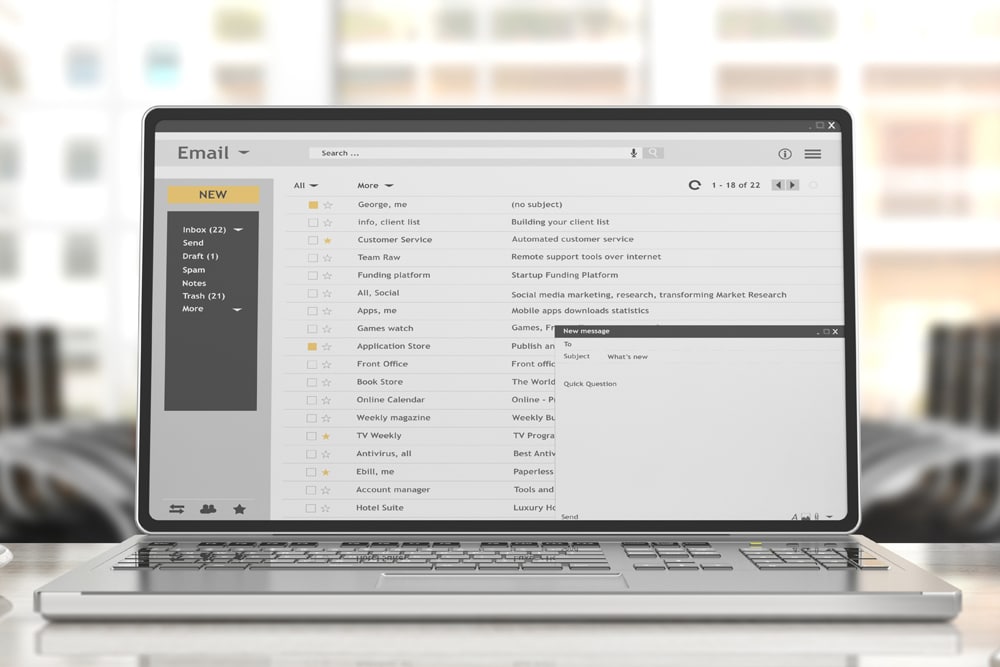Some claim that email marketing is on its last legs. They call it an antiquated strategy in a world dominated by shiny new techniques and tools. Arguments stem from overflowing inboxes to a widespread preference for short and fast text messages.
These arguments may strike a chord when it comes to general email messages sent to the entire subscriber list with no regard for recipients’ unique situations. However, when email campaigns are segmented and personalized according to individual circumstances, pain points and where recipients are in their journey with your brand, email marketing becomes highly effective.
- Segmented email campaigns also earn 100.95% higher clickthrough rates as compared to non-segmented email campaigns, according to MailChimp.
- Experian reports that email personalization produces 6 times higher revenue and transaction rates.
When emails are personalized, recipients are motivated to open them because the content offers them something that is relevant to their lives instead of yet another tireless promotion of the sender’s products and services. What else creates successful email campaigns?
Bug-a-Boos, Beware
Destiny’s Child released a catchy song in 1999, Bug-a-Boo, directed at an overly eager suitor who ceaselessly contacted the tune’s narrator. The lyrics make no secret of the aggravation the heroine of the song feels due to the suitor’s pestering.
Bug-a-Boo could double as an anthem for consumers who feel besieged by certain brands via their inbox. Instead of compelling recipients to open and click their emails, companies that send emails too frequently will end up with a long list of unsubscribes.
Resist the urge to go overboard with the frequency of your emails. Give consumers breathing room to miss your messages, so they will be eager to get the next one.
Provide Valuable Information
While the ultimate goal of most email campaigns is converting leads, even the messages that are direct promotions should still share valuable information with recipients. For example, a beauty brand that sells anti-aging products could lead into one of their sales pitches with a list of the fruit and vegetables that support a youthful appearance.
When you provide information that your target audience finds valuable in your promotional efforts, you give them a reason to click and to engage with your brand long-term.
Conduct A/B Tests
You can come up with the best subject lines, calls-to-action and design in the world, but if recipients do not respond to any of these elements, your emails run the risk of falling flat. An excellent way to avoid this scenario is to conduct A/B tests on the content.
Put simply, A/B testing involves creating two different sets of subject lines, calls-to-action and design elements and sending each one to smaller, segmented audiences. Depending on which one performs better, you can then change the content and send the new version out to the bulk of your subscribers.
By consistently incorporating all of these strategies, you will appeal to your recipients’ specific wants and needs, improving the chances they will open your emails and take action.



Recent Comments